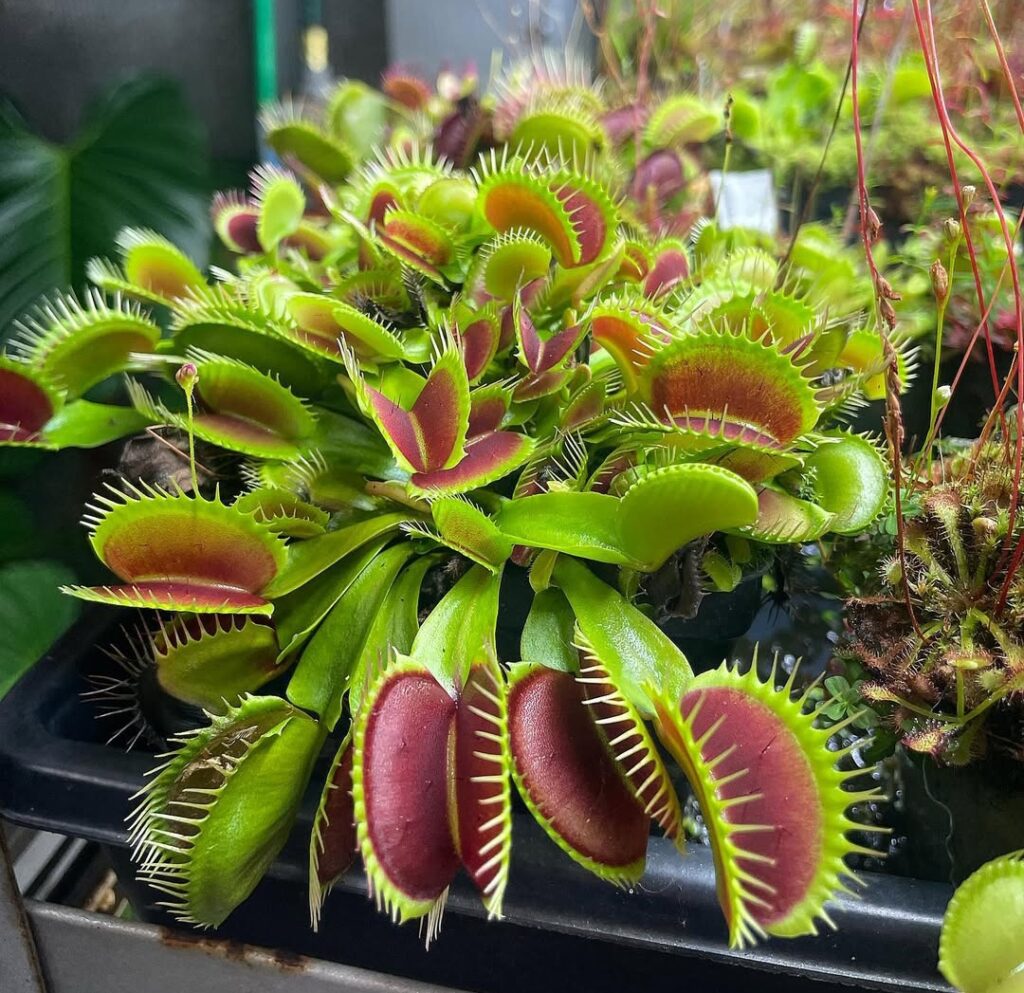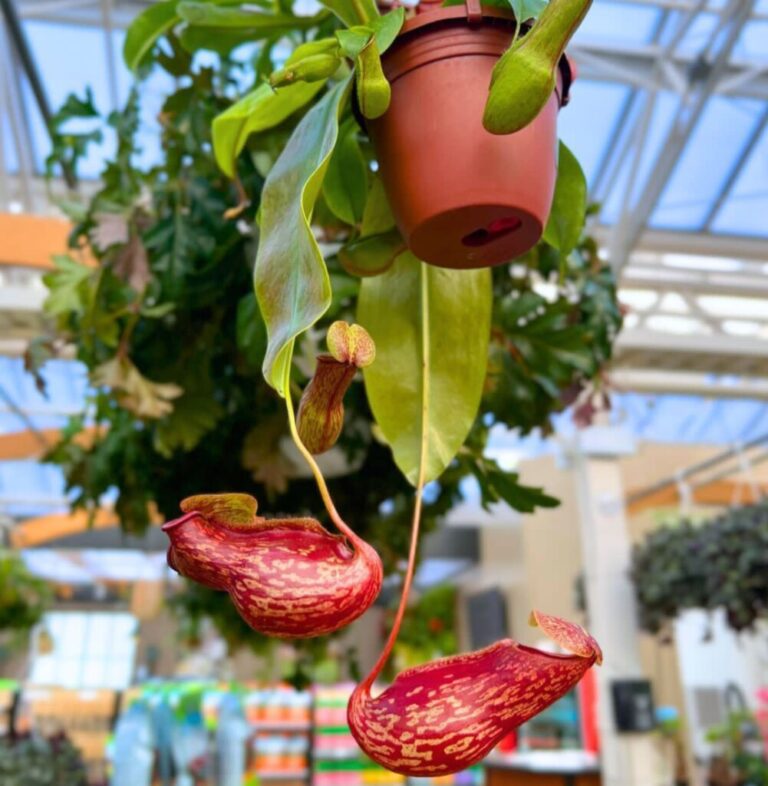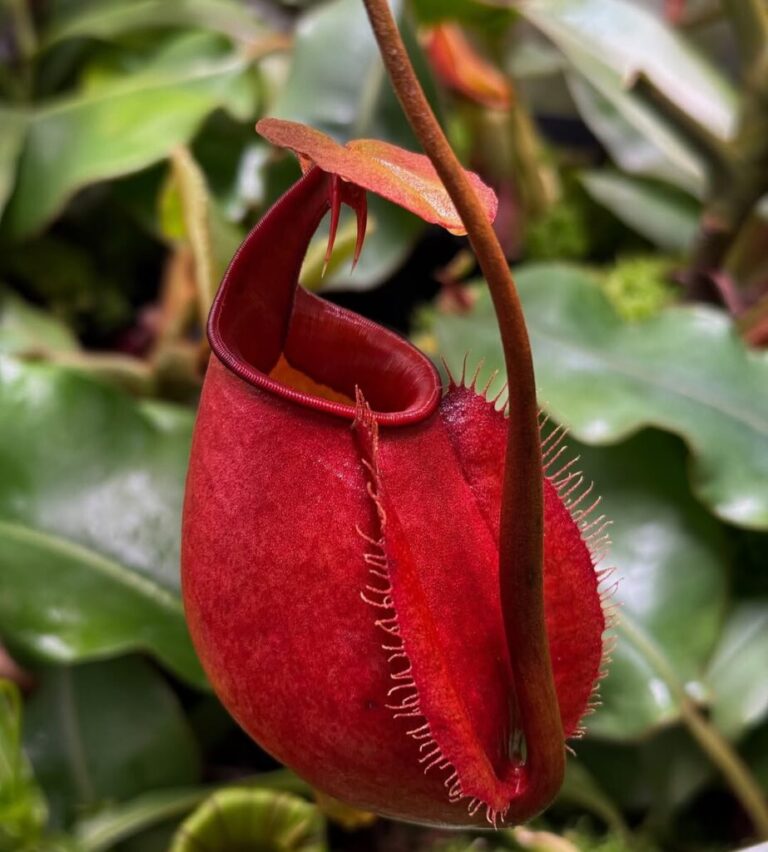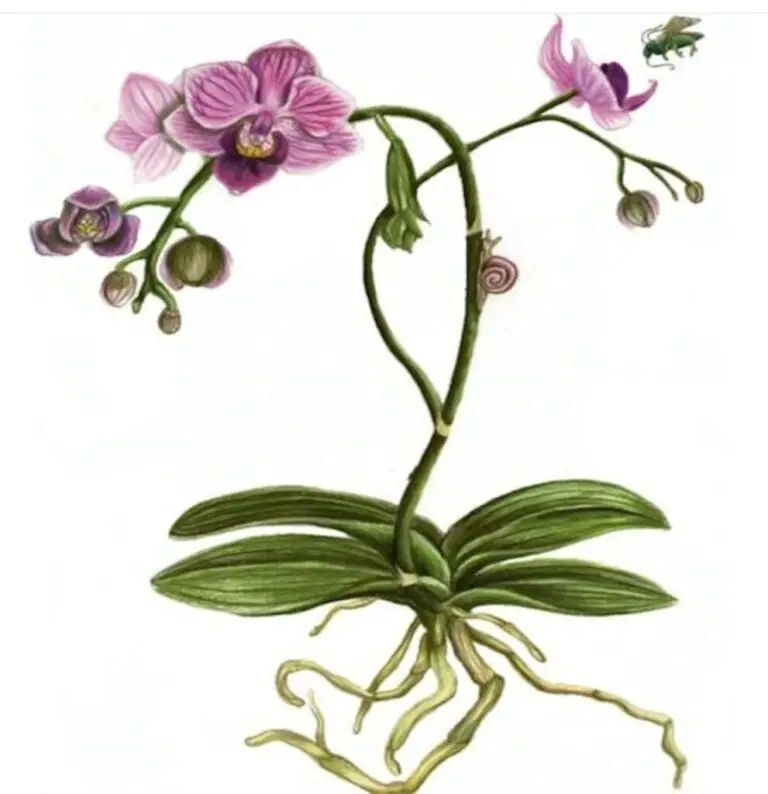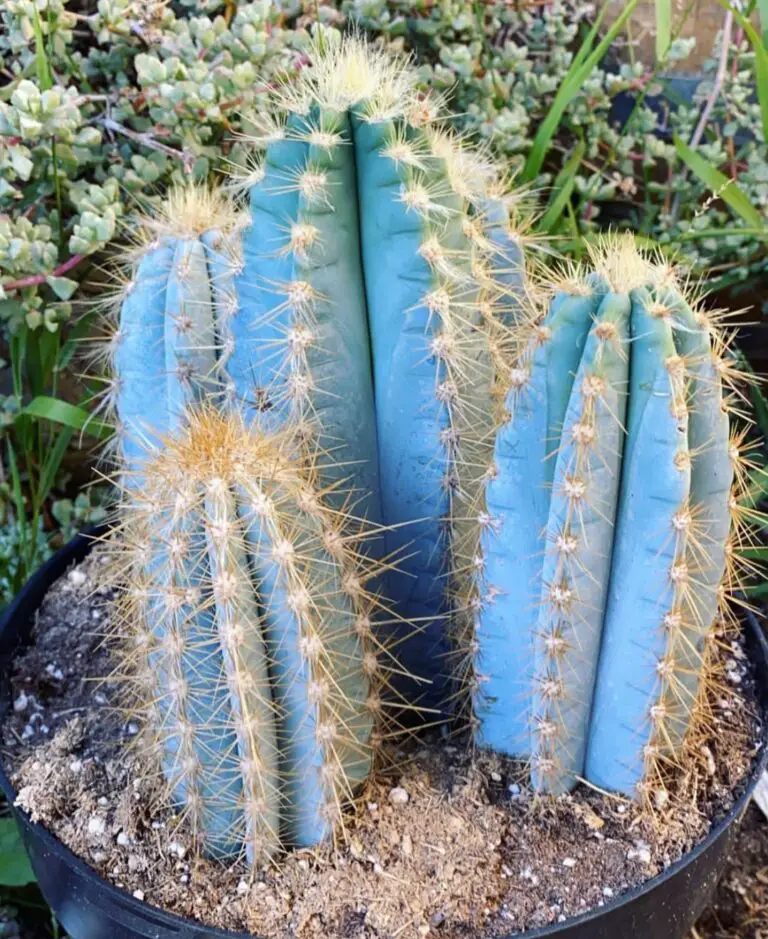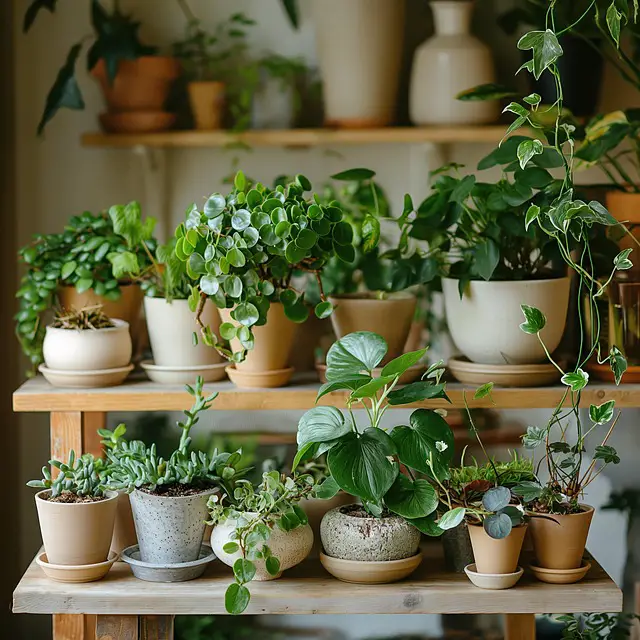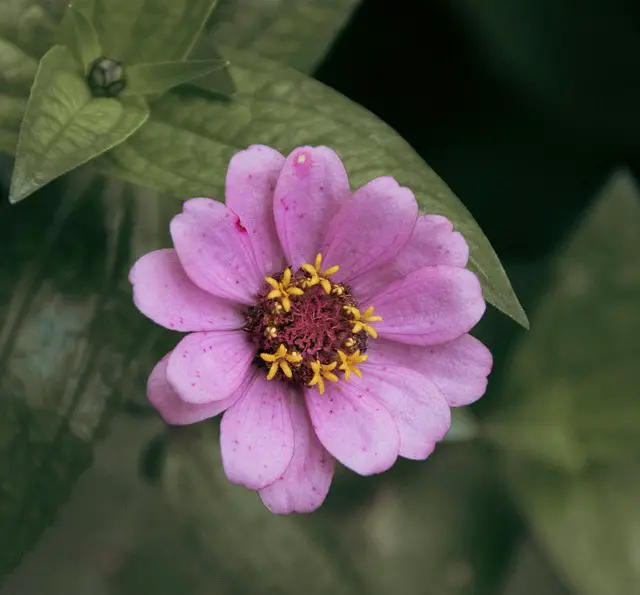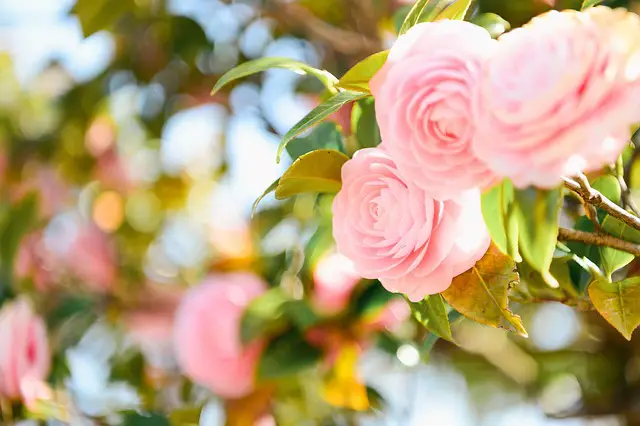Growing Venus Flytraps in a Terrarium can be an exciting yet challenging experience for plant enthusiasts. These fascinating carnivorous plants are renowned for their unique trapping mechanisms and exotic appearance, making them a popular choice among collectors. However, terrariums present specific challenges, such as limited airflow,
excessive humidity, and inadequate lighting, which can contribute to mold growth, root rot, and weakened plants. Without proper care, Venus flytraps may struggle to thrive in these enclosed environments. In this expert guide, we will explore 10 best tips for successfully growing Venus flytraps in a terrarium, addressing common pitfalls and providing practical solutions. With the right approach, you can create an optimal environment that supports the health and longevity of your Venus flytrap.
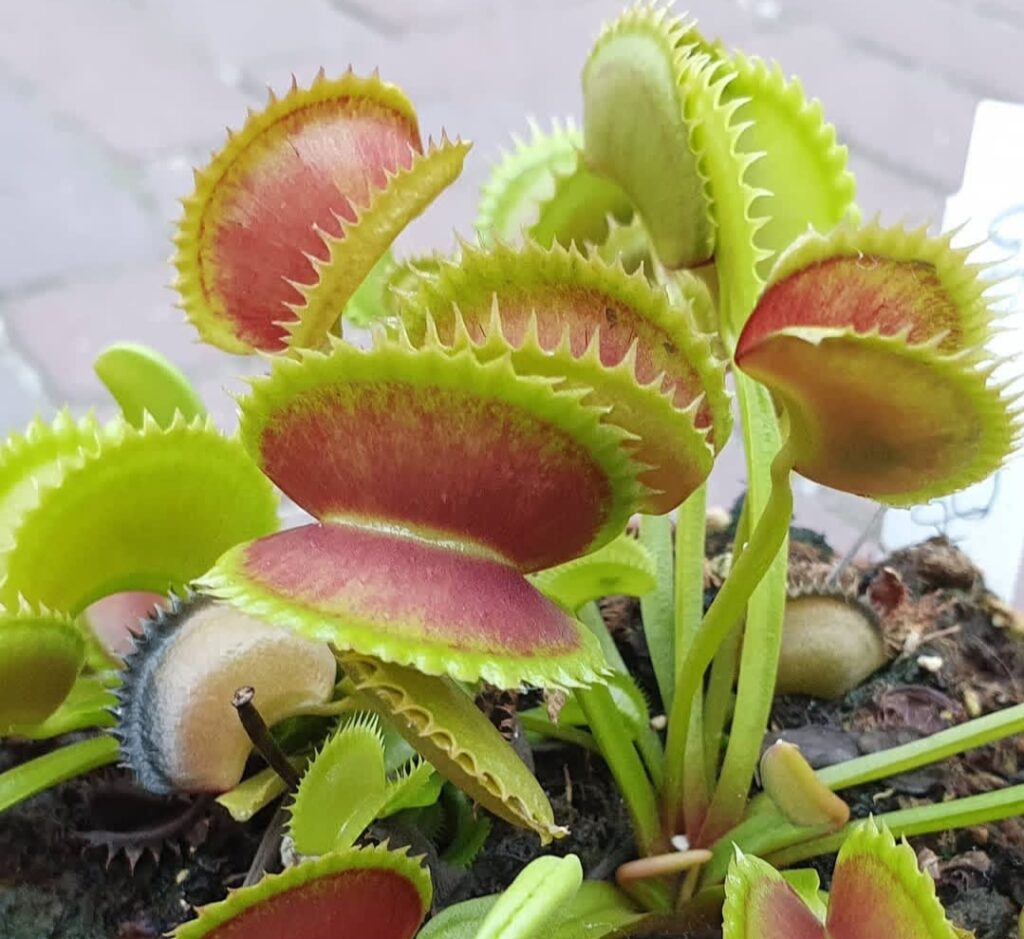
- 1 1. Choose the Right Terrarium Setup
- 2 2. Use the Proper Soil Mix
- 3 3. Ensure Good Drainage
- 4 4. Provide Strong Lighting
- 5 5. Maintain Proper Air Circulation
- 6 6. Use Only Purified Water
- 7 7. Monitor Humidity Levels
- 8 8. Avoid Frequent Handling
- 9 9. Watch for Mold and Pests
- 10 10. Plan for Dormancy
- 11 FAQs: Growing Venus Flytraps in a Terrarium
Venus Flytrap Care Timetable for All Seasons
| Season | Temperature | Light | Watering | Feeding | Dormancy/Care Adjustments |
|---|---|---|---|---|---|
| Spring (March – May) | 65-80°F (18-27°C) | 12-14 hours of direct sunlight or artificial grow lights | Keep soil moist, use distilled/rainwater | Feed 1-2 small insects per month | Start increasing light exposure as the plant exits dormancy |
| Summer (June – August) | 70-85°F (21-29°C), can tolerate up to 90°F | 14+ hours of direct sunlight or strong artificial lighting | Water frequently to maintain moist soil | Feed every 2-3 weeks if not catching insects naturally | Watch for heat stress and provide good airflow |
| Fall (September – November) | 60-75°F (15-24°C) | 10-12 hours of light | Reduce watering slightly as growth slows | Stop feeding by late fall | Prepare for dormancy by reducing watering and lowering temperature |
| Winter (December – February) | 40-55°F (4-13°C) | 8-10 hours of indirect light (keep in a cool place) | Keep soil slightly damp but not wet | Do not feed during dormancy | Allow the plant to rest for 3 months, trim black leaves |
1. Choose the Right Terrarium Setup
A fully enclosed terrarium may look attractive, but it often creates an environment prone to excessive moisture buildup, leading to mold and fungal growth. To ensure your Venus flytrap thrives, opt for an open or partially covered terrarium. A glass container with ventilation holes or an open-top design is ideal, as it allows fresh air circulation while maintaining adequate humidity levels. Proper airflow reduces disease risks and prevents excess moisture from accumulating around the plant, making it easier to maintain healthy growing conditions.
2. Use the Proper Soil Mix
Venus flytraps require nutrient-poor, well-draining soil to thrive. A recommended soil mix consists of:
50% sphagnum peat moss
50% perlite or silica sand Avoid using standard potting soil, fertilizers, or compost, as they contain minerals that can harm the plant. These added nutrients can burn the roots, stunt growth, and ultimately lead to plant decline. The right soil composition ensures adequate moisture retention without over-saturation, providing a stable foundation for your Venus flytrap to grow healthily within a terrarium environment.
3. Ensure Good Drainage
A common issue with terrariums is poor drainage, which can lead to water buildup and root rot. To prevent this:
Place a layer of sphagnum moss or gravel at the bottom of the terrarium.
Consider keeping the Venus flytrap in a small pot within the terrarium for better water management.
Monitor soil moisture closely and avoid overwatering. Proper drainage is critical to preventing water stagnation, which can suffocate roots and encourage fungal infections. Regularly checking soil moisture levels ensures that your plant remains in optimal growing conditions.
4. Provide Strong Lighting
Venus flytraps require at least 4-6 hours of direct sunlight daily to maintain their health. If growing indoors, use high-quality full-spectrum LED grow lights positioned about 6-8 inches above the plants. Without sufficient light, Venus flytraps become weak, their traps may shrink, and their vibrant coloration can fade. Artificial lighting can supplement natural light, but sunlight remains the best source of energy for photosynthesis and robust trap formation. Investing in proper lighting ensures healthy growth and an active trapping mechanism.
5. Maintain Proper Air Circulation
Stagnant air inside a terrarium can lead to mold, fungal infections, and weakened plants. To improve ventilation:
Use a small fan on a low setting to promote airflow.
Keep the terrarium lid slightly open to allow fresh air exchange.
Adjust humidity levels by regulating airflow as needed. Good air circulation helps to prevent moisture buildup, discourages mold growth, and keeps Venus flytraps healthy. A well-ventilated environment mimics natural outdoor conditions and reduces the risk of common plant diseases.
6. Use Only Purified Water
Venus flytraps are highly sensitive to minerals and chemicals found in tap water. Always water your plant with:
Distilled water
Reverse osmosis water
Rainwater Mineral buildup in the soil can be toxic and cause irreversible damage. Regularly flushing the soil with purified water prevents harmful substances from accumulating, keeping your Venus flytrap hydrated and thriving. Using the right type of water is essential for long-term plant health.
7. Monitor Humidity Levels
Venus flytraps prefer humidity levels between 50-70%, but excessive moisture can encourage mold growth and rot. Use a hygrometer to track humidity and make necessary adjustments. If the humidity is too high, increasing airflow by opening the terrarium slightly can help. If the humidity is too low, occasional misting can maintain optimal conditions. Proper humidity regulation prevents stress and disease, ensuring stable and healthy plant development.
8. Avoid Frequent Handling
Each time a Venus flytrap closes its trap, it expends a significant amount of energy. Unnecessary triggering of the traps can weaken the plant, slow its growth, and shorten the lifespan of each trap. Venus flytraps primarily rely on photosynthesis, and while they benefit from occasional insect feeding, they do not require frequent stimulation. Handling your plant only when necessary helps it maintain its energy reserves for continued healthy growth.
9. Watch for Mold and Pests
Venus flytraps are susceptible to mold, fungus, and pests such as aphids and fungus gnats. To prevent issues:
Increase air circulation to reduce excessive moisture.
Remove mold manually or treat affected areas with diluted hydrogen peroxide.
Use carnivorous plant-safe insecticides if pests become a problem. Unchecked mold and pest infestations can quickly weaken a Venus flytrap. Early detection and intervention prevent these problems from escalating, allowing the plant to remain healthy and disease-free in a terrarium setting.
10. Plan for Dormancy
Venus flytraps require a dormancy period of 3-4 months during the winter to remain healthy. To mimic natural dormancy in a terrarium:
Limit your daily exposure to light to 8–10 hours.
Lower temperatures to 35-50°F (2-10°C).
Decrease watering, but ensure the soil remains slightly moist. Skipping dormancy weakens Venus flytraps and shortens their lifespan. Simulating seasonal changes within the terrarium ensures they regain their energy for new growth in the spring, leading to stronger, more vibrant plants that will thrive year after year.
Growing Venus flytraps in a terrarium requires careful attention to environmental factors such as humidity, airflow, lighting, and drainage. While these plants face unique challenges in enclosed settings, following these 10 expert tips will help you create a thriving habitat for them. By ensuring proper growing conditions, you can enjoy the beauty and captivating trapping mechanism of Venus flytraps while keeping them healthy for years to come. With the right approach, a terrarium-grown Venus flytrap can become a stunning and long-lasting addition to your plant collection!
FAQs: Growing Venus Flytraps in a Terrarium
Can Venus flytraps grow in a terrarium?
Yes, growing Venus flytraps in a terrarium is possible, but it requires careful attention to ventilation, lighting, and humidity control. Many people assume that these carnivorous plants thrive in fully enclosed spaces, but too much humidity without proper airflow can lead to mold growth, fungal infections, and root rot. To successfully grow Venus flytraps in a terrarium, ensure that the environment is well-ventilated, maintains moderate humidity, and receives adequate lighting.
What type of terrarium is best for growing Venus flytraps?
When growing Venus flytraps in a terrarium, it’s best to use a partially open or ventilated terrarium instead of a fully enclosed one. Venus flytraps require air circulation to prevent excessive moisture buildup, which can lead to disease. A glass or acrylic terrarium with openings or a mesh cover allows proper airflow while still maintaining the necessary humidity levels. Avoid sealed terrariums, as stagnant air can create an environment conducive to mold and bacteria, which can harm the plant.
What soil should I use when growing Venus flytraps in a terrarium?
The right soil mix is crucial for growing Venus flytraps in a terrarium. These plants thrive in nutrient-poor, well-draining soil, so never use regular potting soil or garden soil, as they contain minerals and fertilizers that can harm the plant. The best soil mixture consists of sphagnum moss combined with perlite or silica sand. This ensures proper aeration, retains the necessary moisture, and prevents root rot. Refrain from using any soil that contains added nutrients, as Venus flytraps obtain their nutrients from insects rather than the soil.
How much light do Venus flytraps need in a terrarium?
For growing Venus flytraps in a terrarium, light is one of the most important factors. These plants require at least 12 to 14 hours of bright light per day to thrive. If natural sunlight is limited, especially indoors, you should supplement with artificial lighting using LED grow lights or fluorescent tubes. Positioning the light source about 6-12 inches above the plants ensures optimal exposure without causing heat stress. Without sufficient light, Venus flytraps will become weak, develop elongated leaves, and may eventually die.
Do I need to fertilize my Venus flytrap in a terrarium?
No, fertilization is not necessary when growing Venus flytraps in a terrarium. Unlike typical houseplants that require soil nutrients, Venus flytraps obtain their essential nutrients from insects. Introducing fertilizers can actually harm the plant by causing chemical burns to its roots and leaves. If your plant isn’t catching enough insects on its own inside the terrarium, you may need to manually feed it small insects like flies, ants, or spiders once every few weeks. However, overfeeding should be avoided to prevent stress on the plant.
How often should I water Venus flytraps in a terrarium?
When growing Venus flytraps in a terrarium, maintaining the correct moisture level is essential. The soil should remain moist but never waterlogged, as excessive water can lead to root rot. The best way to water Venus flytraps is by using the tray method—placing distilled or rainwater in a shallow dish under the plant pot, allowing the soil to absorb moisture gradually. Avoid using tap water, as it contains minerals and chemicals that can accumulate in the soil and damage the roots over time.
Can Venus flytraps catch insects inside a terrarium?
Yes, but it depends on the setup of your terrarium. If there are not enough naturally occurring insects, you may need to manually feed the plant. When growing Venus flytraps in a terrarium, you can occasionally introduce small live insects such as fruit flies or tiny crickets to ensure the plant receives the necessary nutrients. Be careful not to overfeed, as excessive feeding can exhaust the plant’s energy and lead to weakened traps.
Should I cover my terrarium completely?
No, a fully enclosed terrarium can cause excessive humidity and poor airflow, leading to mold and rot. When growing Venus flytraps in a terrarium, it is best to use a terrarium with at least some form of ventilation. If using a glass enclosure, keeping the lid slightly open or using a terrarium with side vents can help maintain the proper humidity level while preventing stagnant air.
How do I prevent mold when growing Venus flytraps in a terrarium?
Mold and fungal growth are common problems when growing Venus flytraps in a terrarium, but they can be prevented with proper care. To reduce the risk of mold, ensure that the terrarium has good airflow by using a mesh cover or leaving the lid slightly ajar. Steer clear of overwatering since it promotes the growth of fungi. Additionally, remove any dead or decaying leaves promptly, as they can become breeding grounds for mold. If mold appears, you can lightly mist the affected areas with a diluted hydrogen peroxide solution to kill the spores
Do Venus flytraps need dormancy in a terrarium?
Yes, even when growing Venus flytraps in a terrarium, they require a dormancy period in winter. During dormancy, the plant slows its growth, and many of its leaves may turn black and die back. To provide a proper dormancy period, gradually reduce watering and lower the temperature to around 45-55°F (7-13°C) for about 3 months. You can achieve this by placing the terrarium in a cooler location, such as a basement or an unheated room, during the winter months.
Can I use tap water for Venus flytraps in a terrarium?
No, tap water contains minerals and chemicals, such as chlorine and fluoride, which can harm the plant over time. When growing Venus flytraps in a terrarium, it’s best to use distilled water, rainwater, or reverse osmosis water. These water sources prevent mineral buildup in the soil, which can damage the roots and eventually kill the plant.
How do I maintain proper humidity for Venus flytraps in a terrarium?
For growing Venus flytraps in a terrarium, the ideal humidity level is between 50-70%. If the air is too dry, you can mist the plants lightly, but avoid over-misting as it can lead to fungal problems. A small humidity gauge inside the terrarium will help you monitor and maintain the right conditions.
What temperature is ideal for Venus flytraps in a terrarium?
When growing Venus flytraps in a terrarium, the ideal temperature range is between 70-85°F (21-29°C) during the growing season. These plants thrive in warm conditions but can tolerate slight temperature drops at night. If temperatures exceed this range, consider increasing airflow or adjusting lighting to prevent heat stress.
Can I grow multiple Venus flytraps in the same terrarium?
Yes, but space is important when growing Venus flytraps in a terrarium. Each plant should have enough room for its traps to open and close without interference. Crowded conditions can lead to competition for light, airflow issues, and increased humidity, which may cause mold problems. If growing multiple plants, ensure they have adequate spacing and consider a larger terrarium for optimal growth.
Do I need to prune Venus flytraps in a terrarium?
Yes, pruning is necessary when growing Venus flytraps in a terrarium to maintain plant health and prevent disease. Remove dead or blackened traps regularly, as decaying plant material can attract mold and bacteria. Use sterilized scissors or tweezers to trim off dying leaves while avoiding damage to healthy growth. Regular pruning helps keep the plant vigorous and encourages new trap development.
